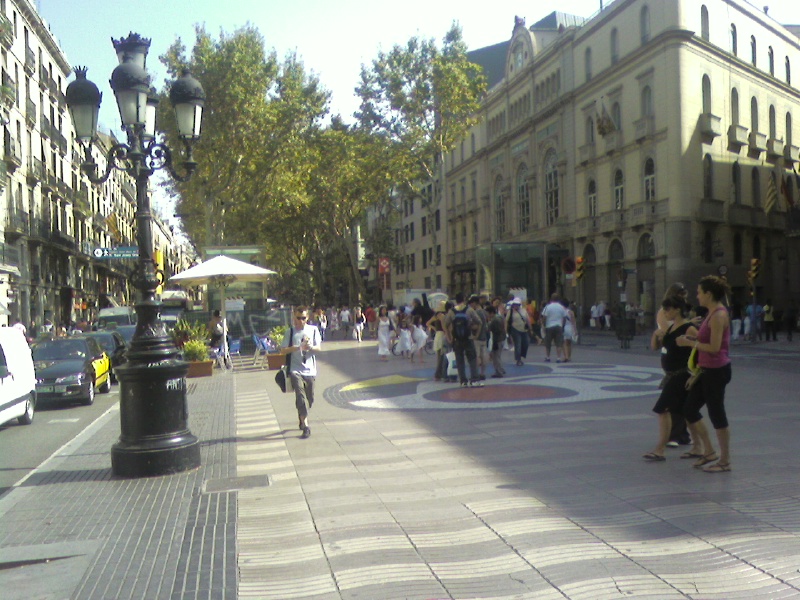scarberiankhatru
Senior Member
A DRL along Queen could mean Queen 'gets' a subway for potentially a rather long stretch, but we need to ask if 8km (or whatever it ends up being) of subway along Queen is best for travel along Queen since it will impact streetcar service. A subway under the full length of Queen, east and west, is still something that is appealing on a base level, something we perhaps should have had and something the city would find useful in the future. However, a DRL running along Queen for a stretch could be the worst of both worlds. We don't know where stops will be or how deep stations will be, which is of critical importance on Queen, a route with few nodes and high turnover. A subway line that replaces a portion of the Queen streetcar may not provide better service for a lot of rides along Queen.
Also, it could decimate Dundas and King service, too, and not necessarily for the better. A downtown subway line that is designed as one that primarily serves a route like King or Queen and just happens to swing up to meet Bloor/Danforth would still provide substantial relief to the YUS loop by merely existing, but it does seem as if the 'relief' aspect of the DRL is driving the project and so I doubt we'll see 800m spacing or that it'll designed as a route to replace the E/W streetcars in any way (even though service on the streetcar routes could be greatly affected).
Add the stable neighbourhoods along Queen and the high probability of a subway driving away much of Queen's character (and not just by altering things like rents...a subway means stations and escape shafts and hydro substations and this means redevelopment) and it's a fair amount of risk. For what benefit, though? If anyone seriously thinks people will walk from Queen to, say, College or Front, that means they'll walk from Front or College to Queen, too. They probably won't though...they'll take the YUS line if they need to walk more than like 5 minutes, or they won't take the DRL at all. Build a second south exit at College station and you'll subtract many Ryerson-bound riders...who's left that would prefer Queen? Not nearly as many people as it seems, that's for sure. No matter where the DRL intercepts the YUS line, the DRL will only lure some people from the YUS line.
If there's no demand then what the hell is the multi-billion dollar Sheppard subway bypass via Finch West-Finch East-Sheppard East for? It'll provide a not useful ride across the city and to get it all we have to do is sodomize the city's most useful bus route.
Also, it could decimate Dundas and King service, too, and not necessarily for the better. A downtown subway line that is designed as one that primarily serves a route like King or Queen and just happens to swing up to meet Bloor/Danforth would still provide substantial relief to the YUS loop by merely existing, but it does seem as if the 'relief' aspect of the DRL is driving the project and so I doubt we'll see 800m spacing or that it'll designed as a route to replace the E/W streetcars in any way (even though service on the streetcar routes could be greatly affected).
Add the stable neighbourhoods along Queen and the high probability of a subway driving away much of Queen's character (and not just by altering things like rents...a subway means stations and escape shafts and hydro substations and this means redevelopment) and it's a fair amount of risk. For what benefit, though? If anyone seriously thinks people will walk from Queen to, say, College or Front, that means they'll walk from Front or College to Queen, too. They probably won't though...they'll take the YUS line if they need to walk more than like 5 minutes, or they won't take the DRL at all. Build a second south exit at College station and you'll subtract many Ryerson-bound riders...who's left that would prefer Queen? Not nearly as many people as it seems, that's for sure. No matter where the DRL intercepts the YUS line, the DRL will only lure some people from the YUS line.
Giambrone is an ardent LRT fan and does not get that in heavily populated corridors subways are better because they don't require widening and chopping off sidewalks and provide faster through speed and higher capacity that attracts more riders than LRT. I talked to him about the idiocy that is Sheppard subway + LRT and he said its no big deal, people can make a quick transfer, there is no demand from Scarborough to North York (well of course not with the lack of a seemless conection).
With Miller+Giambrone at the helm, the TTC will only get more bloated with service continuing to deteriorate.
If there's no demand then what the hell is the multi-billion dollar Sheppard subway bypass via Finch West-Finch East-Sheppard East for? It'll provide a not useful ride across the city and to get it all we have to do is sodomize the city's most useful bus route.
